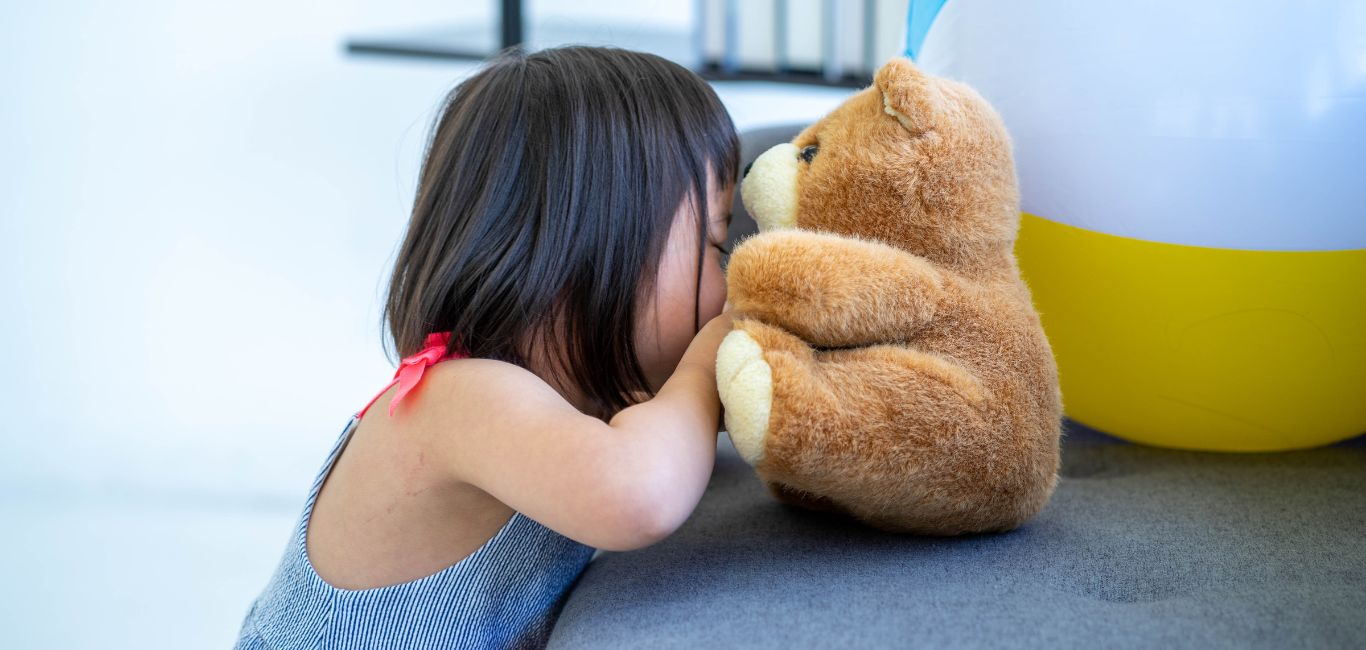Have you ever wondered why we feel relaxed and warm after hugging our loved ones? The answer lies in our brains: a neurochemical called oxytocin (the ‘love hormone’ ) is released into our blood, giving us feelings of attachment, social interaction and generosity.
Studies have identified oxytocin as an essential hormone produced in the hypothalamus and released in the posterior part of the pituitary gland when required. Oxytocin also plays a crucial role in childbirth, lactation, and human behaviour (response to stress).
In the brain, oxytocin acts as a neuromodulator, which means it does not directly cause a signal response in receptors like other chemicals such as neurotransmitters do.
Oxytocin is produced by paraventricular neurons in the hypothalamus which traverse to different brain regions such as the amygdala, hippocampus, frontal cortex, striatum, vagus nerve pineal gland, cerebellum, and the spinal cord.
Happiest Health spoke to Dr Sneha V, a consultant psychiatrist based in Bengaluru, to learn how the brain releases oxytocin. Dr Sneha explains the process with two examples: the release of breast milk when an infant suckles and the feeling of comfort and reduced stress levels when hugged:
- When the infant suckles the mother’s breast, there is a milk ejection reflex signal.
- This stimulus from the mammary gland passes to the brain, triggering neurons in the paraventricular nucleus in the hypothalamus.
- The signal traverses to the posterior pituitary gland through paraventricular neurons, releasing oxytocin into the bloodstream.
- When oxytocin reaches the mammary gland, it signals to eject the milk.
In the case of a comforting hug, a similar trigger goes to the pituitary to release oxytocin, only that stimulus now comes from the skin. However, the stress-reducing mechanism is via a different route.
- The sensory stimulus activates the somatosensory neurons in the skin.
- The signals from these neurons are transmitted to the paraventricular neurons to produce oxytocin in the hypothalamus.
- Oxytocin activates certain brain cells called GABAergic interneurons in a part of the brain called the amygdala. These interneurons help to reduce anxiety, depression, and emotional struggles when we are stressed.
- When these interneurons are activated, they interact with the GABA receptors in a system called the hypothalamic-pituitary-adrenal (HPA) axis. This interaction helps to reduce the overall activity of the amygdala, the part of the brain that responds to emotional situations. As a result, oxytocin has a soothing and anti-stress effect on our minds
Studies have shown that oxytocin levels are essential in some neuropsychiatric conditions such as autism and schizophrenia. Dr Sneha concurs that reduced oxytocin activity is seen in autism, schizophrenia, and depression.
The infographic below is a pictorial representation of the above-explained examples.

Read more: Know the brain regions
Read more: Substantia nigra: its role in Parkinson’s disease















